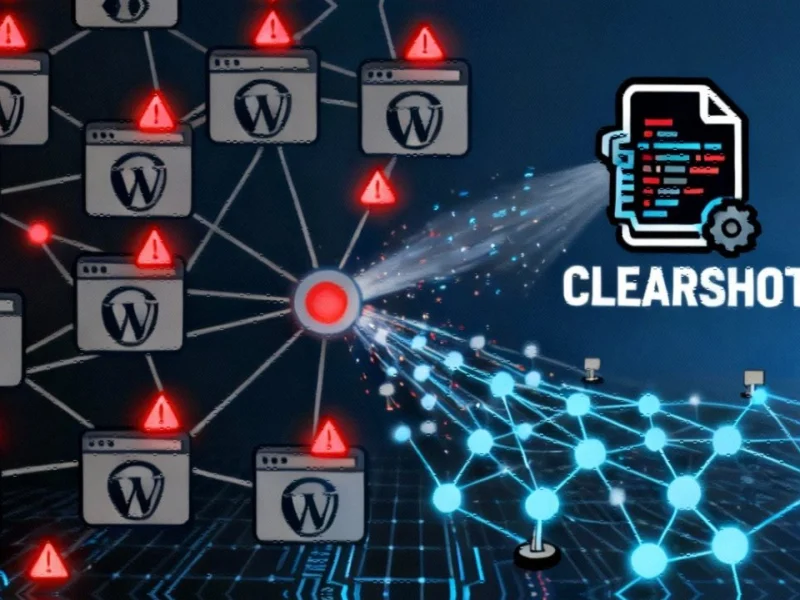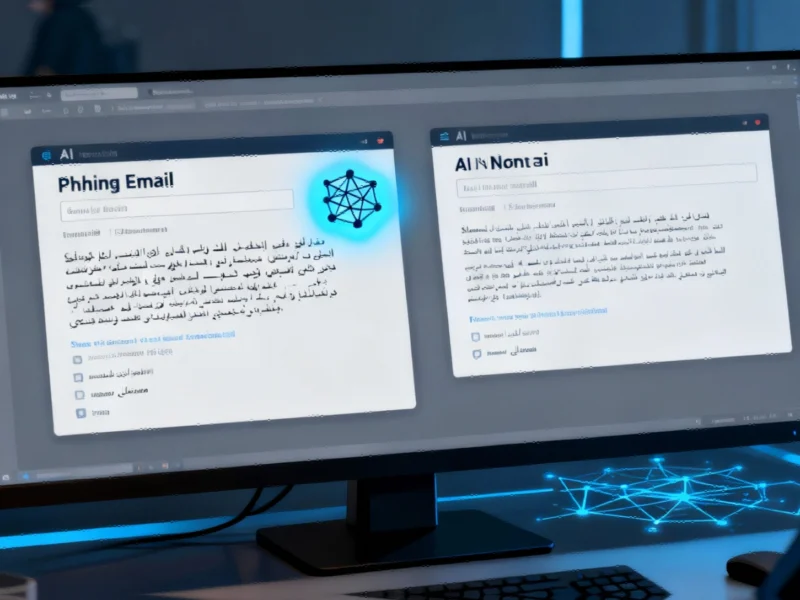Mass Certificate Revocation Disrupts Multi-Stage Attack
Microsoft Threat Intelligence has taken decisive action against a sophisticated malware campaign by revoking over 200 fraudulently signed certificates used to distribute malicious MS Teams installers. The operation, which security researchers have tracked as Vanilla Tempest, Vice Spider, and Vice Society, represents one of the most elaborate certificate abuse schemes uncovered this year. This incident highlights the evolving tactics of financially motivated threat actors targeting enterprise collaboration tools.
The campaign’s discovery in late September revealed a carefully orchestrated attack chain designed to bypass traditional security measures. By obtaining fraudulent code signing certificates, the threat actors lent their malicious payloads an air of legitimacy that made detection significantly more challenging for both users and security systems. This development in cybersecurity defense strategies demonstrates how certificate authorities and technology companies are collaborating to combat increasingly sophisticated threats.
SEO Poisoning and Malvertising Tactics
Vanilla Tempest employed advanced social engineering techniques, including SEO poisoning and malvertising, to redirect users searching for “Teams download” to spoofed domains. The malicious websites, hosted on domains such as teams-download[.]buzz, teams-install[.]run, and teams-download[.]top, perfectly mimicked legitimate Microsoft download pages. This approach allowed the attackers to capitalize on user trust and the widespread adoption of collaboration platforms during a period of significant industry developments in remote work infrastructure.
The fake MSTeamsSetup.exe files delivered the Oyster backdoor, which security researchers first observed in Vanilla Tempest’s attacks as early as June 2025. However, the group escalated their operations in early September 2025 by implementing fraudulent code signing across their malware distribution infrastructure. This timing coincided with several related innovations in enterprise security policy discussions.
Certificate Authority Exploitation
Microsoft’s investigation revealed that Vanilla Tempest leveraged multiple trusted signing services, including Trusted Signing, SSL[.]com, DigiCert, and GlobalSign, to authenticate their malicious payloads. This multi-provider approach allowed the threat actors to distribute their operations across different certificate ecosystems, potentially extending the lifespan of their campaign before detection. The sophisticated use of legitimate signing services represents a concerning trend in market trends toward credential abuse.
The scale of this certificate abuse operation underscores the importance of continuous monitoring and rapid response capabilities in modern cybersecurity frameworks. Microsoft emphasized that fully enabled Microsoft Defender Antivirus provides protection against this specific threat, while Microsoft Defender for Endpoint offers additional investigation and mitigation guidance for enterprise security teams managing complex enterprise AI systems and digital infrastructure.
Historical Context and Sector Targeting
Vanilla Tempest has maintained high activity levels since at least 2021, with security researchers establishing connections between the group and Rhysida ransomware in 2023 following multiple incidents affecting the U.S. healthcare sector. This historical pattern of targeting critical infrastructure is particularly concerning given current healthcare sector challenges and the increasing sophistication of attacks against medical institutions.
In 2022, the group conducted a series of ransomware campaigns specifically targeting educational institutions in both the United Kingdom and United States. The consistent focus on sectors with potentially vulnerable infrastructure and limited security resources demonstrates the group’s strategic approach to target selection. This pattern aligns with broader global cybersecurity developments where threat actors increasingly prioritize organizations with valuable data and potential operational disruption impact.
Defensive Recommendations and Industry Implications
Security professionals recommend implementing multiple layers of protection against similar certificate-based attacks:
- Enhanced certificate validation processes that verify signing authority reputation
- Application whitelisting policies that restrict unauthorized executable files
- Network monitoring for connections to newly registered or suspicious domains
- User education regarding software download sources and verification methods
The successful disruption of this campaign demonstrates the effectiveness of coordinated response between technology providers and certificate authorities. However, the incident also serves as a reminder that threat actors continue to evolve their techniques, requiring constant vigilance and adaptive security postures across all organizational levels.
This article aggregates information from publicly available sources. All trademarks and copyrights belong to their respective owners.
Note: Featured image is for illustrative purposes only and does not represent any specific product, service, or entity mentioned in this article.



